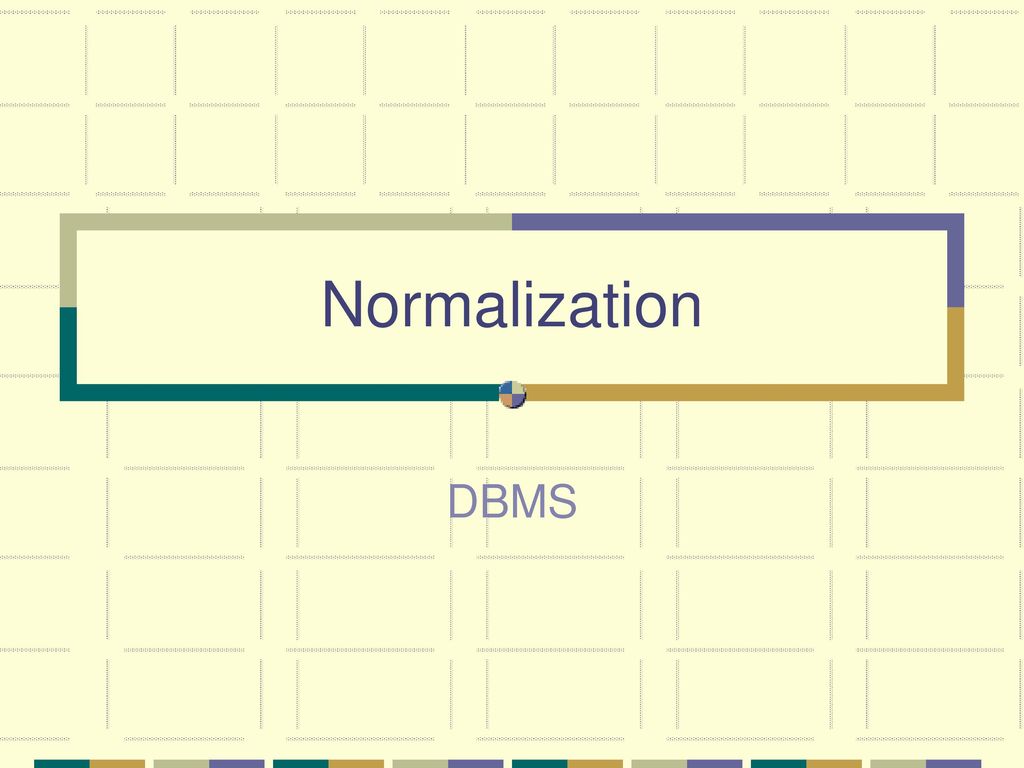The DBMS technique of normalisation is crucial for maintaining the right organisation of data in the database by adhering to certain criteria. In DBMS, normalisation is also known as normalisation. After the normalisation procedure, the database’s redundancy, or data duplication, is decreased.
Tell us what normalization in DBMSs is. And how many different kinds of normalization exist?
What is Normalization in DBMS?
The process of normalization involves arranging the data in the relational database so that there is a minimum amount of redundancy. Redundancy is the repeated repetition of the same data in several locations within the database, and it needs to be eliminated.
Redundancy causes a variety of issues known as anomalies when conducting database operations like inserting, updating, or deleting data. The normalisation technique helps to solve this issue because anomalies make it difficult to deal with the database.
The four basic categories of normalisation rules in Hindi DBMS are as follows:
- Initially Normal Form (1NF)
- Fourth Normal Form (2NF)
- Fourth Normal Form (3NF)
- Normal Form for Boyce and Codd (BCNF)
- Fourth Regular Form (4NF)
Describe each of these standard forms in more detail:
- Initially Normal Form (1NF)
- The first normal form has the following rules:
- Each table cell should only contain one value; multiple values are not allowed.
- Every record must be distinct.





